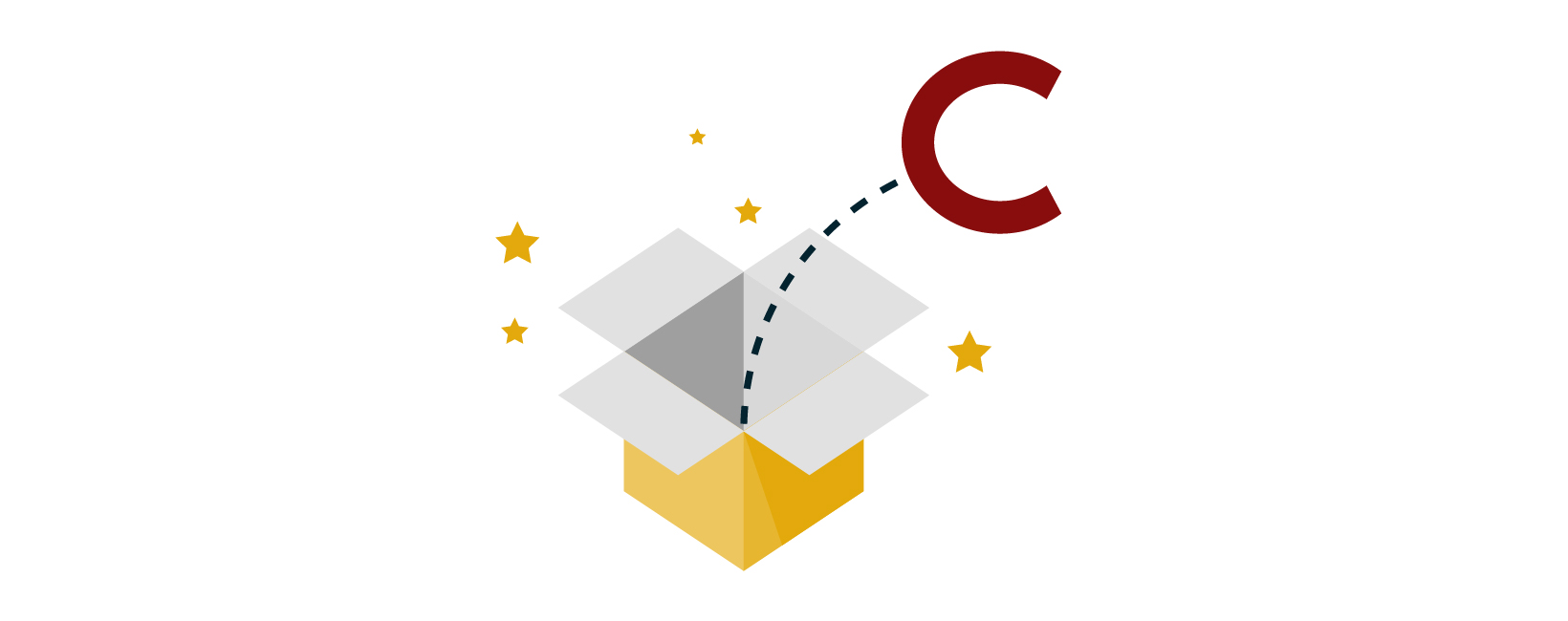 Dec 20, 2023
Persona
Dec 20, 2023
Persona
2023 Higher Ed Wrapped: Events, Trends, and Looking Ahead
As another year wraps up, we’re looking back at the higher education events that shook the industry, made us think, and that we’ll be watching in 2024.
The SCOTUS Ruling on Affirmative Action
The bang of the gavel felt everywhere from community colleges to the Ivy League — The Supreme Court’s decision on race-conscious admissions was a seismic story this summer that will be rippling well into 2024 and beyond.
Background
The two cases (Students for Fair Admission v. Harvard and Students for Fair Admissions v. University of North Carolina-Chapel Hill) brought forth the question of whether it was legal for schools to use race as one of many factors in admissions decisions. In both cases, Affirmative Action in higher education itself was put on trial. Affirmative Action refers to the legal policies and practices designed to address past and present discrimination by promoting opportunities for groups that have historically been marginalized or disadvantaged.
The Story
On June 29, 2023—SCOTUS’ last day in session before recess—the court ruled that schools could not consider race as a factor in their admissions decisions. The ruling was deeply decisive with just about everyone—higher education professionals, the broader public, and even within the court itself. It brought an end to the affirmative action policies that helped schools build diverse classes.
Looking Ahead
While many schools in the U.S. did not use race-conscious admissions, the cultural shift in how the law views race, discrimination, and marginalization cannot be overstated. Many schools are rethinking how to build diverse classes without race-conscious admissions. Questions still abound about the legal boundaries of race, particularly regarding how schools collect and use data.
Faculty Unionization
This year saw major labor strikes in a variety of industries in the U.S.—auto workers, actors, writers, and hotel employees. Among those employees challenging their industry were the faculty and graduate student workers at many colleges and universities.
Background
It’s long been the standard that most teaching positions at universities don’t pay particularly well. Adjunct faculty and graduate students were expected to accept low wages, few benefits, and little job security in the hopes of someday getting coveted tenured positions. But, the pandemic, record inflation, and a rise in labor movements throughout the country moved more and more faculty to form unions to collectively bargain with their universities.
The Story
Faculty and graduate student employees at major research universities like Temple, UCLA, the University of Michigan, and Rutgers went on strike this year. Many of them picketed on campus and refused to teach classes until their demands were met. In most cases, the unions won better contracts and inspired similar strikes at smaller campuses.
Looking Ahead
If we learned anything during these strikes, it’s that universities need their faculty. As the cost of living continues to rise, expect university faculty and staff to continue pressuring their institutions for fair contracts that are commensurate with the value they provide.
DEI Cuts and Rollbacks & The New College of Florida
In the wake of SCOTUS’s ruling on race-conscious admissions, lawmakers in several states began to call into question the validity and necessity of Diversity, Equity, and Inclusion programs on state-funded college campuses.
Background
In recent history, more and more campuses have put more resources toward DEI initiatives, programs, and education. These include scholarships, learning centers, and training for staff and students—plus full-time staff to manage it all. DEI programs are not without their critics; to some, they are a waste of resources that are harder and harder to come by.
The Story
The New College of Florida—a small, public, liberal arts college in the sunshine state—caught the attention of Republican Governor Ron DeSantis. DeSantis ousted much of the existing top-level staff to impose his vision of the school as the “Hillsdale of the South.” His plan was to turn the liberal institution into a conservative one overnight. Since then, multiple bills have appeared in state senates in Wisconsin, Texas, and Florida to forbid federal dollars from being spent on DEI programs at state institutions. Educators are worried these interventions are taking away their academic freedom and autonomy.
Looking Ahead
A clear disconnect between lawmakers and educators will likely get wider with the 2024 election cycle. Recently, we’ve seen tactics to cut DEI get drastic. In Wisconsin, lawmakers withheld funding for pay raises to get the University of Wisconsin to cut its DEI programs.
Artificial Intelligence
Have an essay due at midnight but haven’t even started? Head to Chat GPT and type “write me 500 words on the Prussian Empire” and you’ll have something in seconds. Too good to be true? The death knell of the college essay? The greatest new technology? The end of civilization?
Background
Artificial Intelligence (AI) is neither a new concept nor a new technology. We’ve had forms of generative AI for at least the last ten years. But, they’ve mostly been confined to use by businesses—we’ve all yelled at a robotic voice trying to book a doctor’s appointment. Early this year, Open AI’s product ChatGPT brought generative AI into the palm of everyone’s hands.
The Story
Alarm bells at universities rang almost immediately as this new technology seemingly gave students a faster, less detectable avenue to cheat, especially on essays. Professors began to wonder how AI could be incorporated (or barred) from their courses to ensure students were still effectively learning. Behind the scenes, overwhelmed administrative offices (such as financial aid and admissions) saw a lifeline to simplify their workload. But that, too, comes with a litany of ethical concerns and considerations.
Read our guide to using AI ethically and effectively.
Looking Ahead
AI is a powerful tool that’s here to stay, but it does require a degree of responsibility in using it ethically. Expect more calls for federal regulation on AI and schools to start codifying their rules around how it can (and can’t) be used in the classroom. And make sure to check that your essay on the Prussian Empire is factually correct; AI still has a big bias and misinformation problem that needs fixing.
The New FAFSA
The Free Application for Federal Student Aid (FAFSA) is the locus point around which the college financial aid system turns. Over the past year, the Department of Education has been working on a new and improved version of the FAFSA—a process that’s seen multiple holdups and delays.
Background
In December 2020, Congress passed the FAFSA Simplification Act—one of the biggest overhauls to federal financial aid policy in years. The goal was simple: make a new FAFSA that was easier to fill out and gave more students more money toward their education. It was supposed to launch in time for the 2023-2024 academic year but was pushed back to 2024-2025.
The Story
This year, the FAFSA was intended to launch in October, which is when the FAFSA usually launches. But it’s now delayed until December 31. Even though it’s only a two-month delay, it’s headache-inducing for everyone involved. Families will need to wait longer for the new form, and financial aid offices will receive it far later than they’re used. For financial aid offices, it likely means a mad dash to distribute financial aid in time to help students make their enrollment decisions.
Read our summary of the upcoming FAFSA changes.
Looking Ahead
Approximately 17.8 million unique FAFSAs were filed in 2020-2021. That’s a lot of forms for financial aid offices to parse through (and a lot of families anxious to know their financial aid options). The delays have put a lot of pressure on financial aid offices at institutions that may struggle to accurately distribute aid on a much tighter timeline. Next year, we can hope for a much smoother rollout that’s easier for institutions, families, and students.
The higher education industry is always changing. At Carnegie, we’re committed to keeping up with the trends and passing on our insights and industry knowledge. Follow our blog to stay in the know throughout 2024!
